Ohio’s Lead Hazards
by the Ohio Housing Finance Agency:
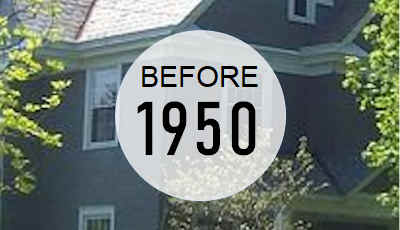
ONE IN FOUR
housing units in Ohio were built before 1950, including 58% of homes in the urban cores of Ohio’s cities.
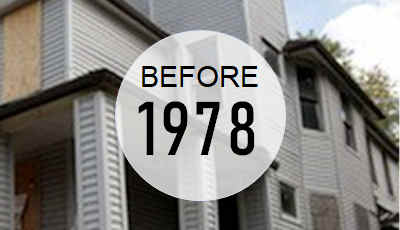
OHIO IS SECOND ONLY
to Pennsylvania, among neighboring states, in percentage of all housing built prior to 1978 (67.1%), including percentage built 1949 or earlier.
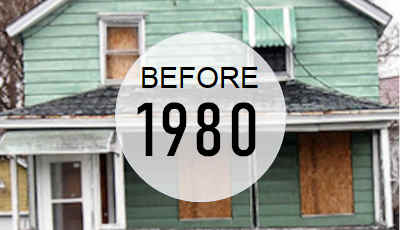
MORE THAN TWO-THIRDS
of Ohio’s homes were built before 1980 (67% or 3,580,000), at which point lead-based paint was banned.
Where is Lead Found
Lead can be found in all parts of our environment – the air, the soil, the water, and even inside our homes.
When lead is added to the soil surface, it tends to accumulate in the upper 1 to 2 inches of soil unless the soil has been disturbed by activities such as excavation for building or tillage for landscaping and gardening. Added lead also will become most concentrated in very fine soil particles, which tend to stick to skin and clothing and form airborne soil dust. Not all of the lead in soil is available to plants (or to the human body, should the soil be eaten).


Lead service lines are lead pipes that bring drinking water from the water main in the street to the home. While children’s lead exposure from water is thought to be less than their exposure to lead-based paint, children 0 to 6 months may be at high risk because many are dependent on dry formula mixed with water.
A child can absorb lead found in these products by mouthing or chewing on them or can inhale lead if the product is burned, damaged or deteriorating.
Children are also poisoned in Ohio through ingesting lead in consumer goods, such as in lead used to manufacture imported makeup and spices.

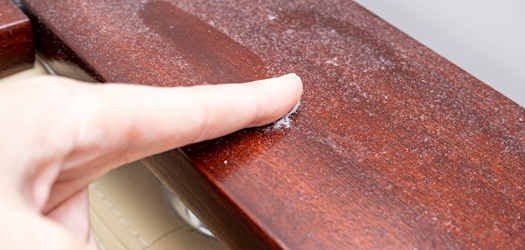
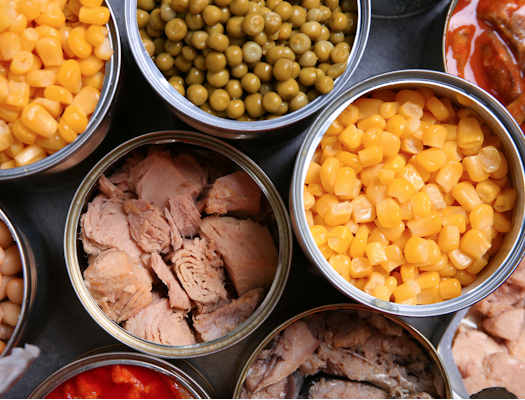
Childhood Lead Poisoning Rates
CHILDREN
tested for lead
poisoning in
Ohio in 2018.
CHILDREN
with confirmed blood lead levels of 5 µg/dL**
or greater. This was 2.29% of the total tested
population in 2018.
CHILDREN
with confirmed blood lead levels of 10 µg/dL** or
greater. This was 0.66% of the total tested population
in 2018.
